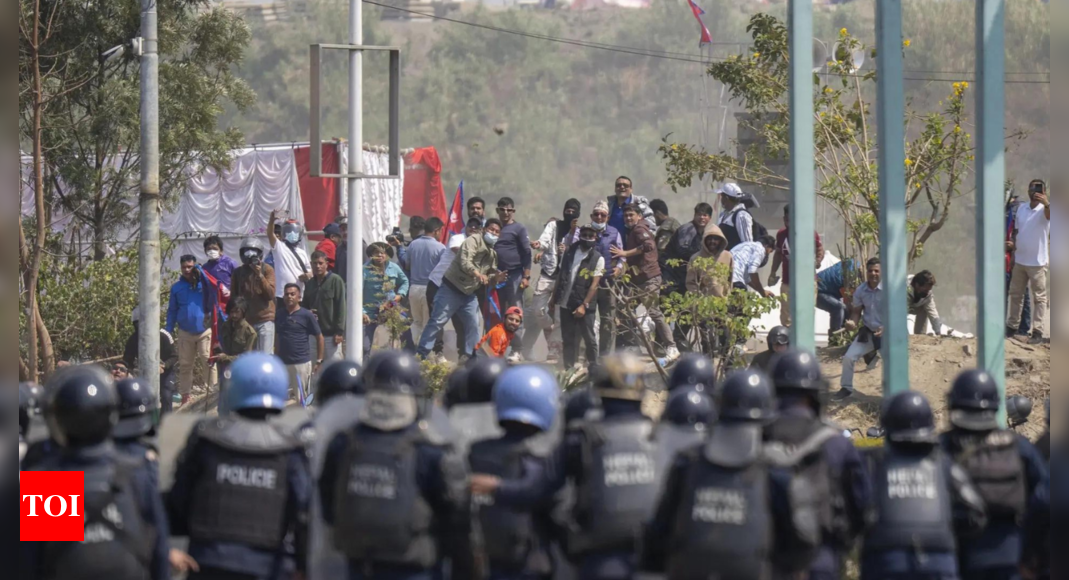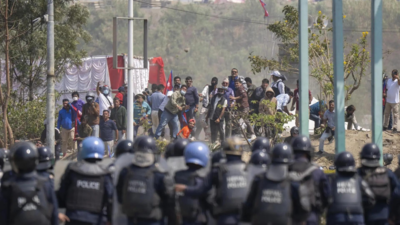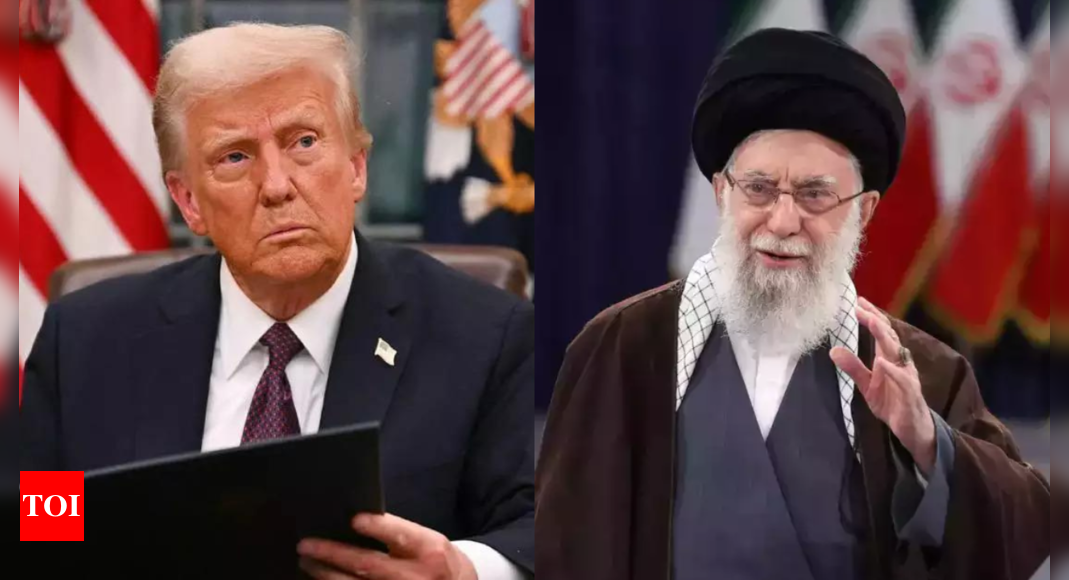Kathmandu witnessed violent clashes on Friday as pro-monarchy protesters took to the streets demanding the reinstatement of Nepal’s former king, Gyanendra Shah.
The unrest left two people dead, including a journalist and over 30 others injured, prompting authorities to impose a curfew and call in the army.
Why are Nepalis protesting?
The demonstrations by protestors were driven by growing dissatisfaction with Nepal’s political system, which has seen 13 different governments since the abolition of the monarchy in 2008. Many Nepalis blame corruption, economic struggles and instability for their frustration, leading to renewed calls for the return of the monarchy.
“We need the country to return to monarchy and the king to come back because the political parties and system have failed,” Rajendra Bahadur Khati, a pro-monarchy demonstrator, told AP.
According to PTI, thousands of royalists carrying national flags and images of Gyanendra Shah gathered at Tinkune, chanting slogans such as “Raja aau desh bachau” (May the King come to save the country) and “Down with corrupt government.”
The protests stem from a growing movement calling for the monarchy’s restoration, which has intensified since Gyanendra Shah urged his supporters to rally behind him in a Democracy Day message on February 19.
Pro-monarchists have since held multiple demonstrations, including a large rally on March 9 when Shah returned from religious visits across Nepal. As per ANI, thousands of supporters had then blocked the entrance to Tribhuvan International Airport, disrupting operations.
What happened during the protests on Friday?
During the violence, protesters torched eight vehicles, vandalized the offices of Kantipur Television and Annapurna Post, and looted a supermarket, PTI reported. They also attacked the office of the CPN-Unified Socialists in Baneshwor. Authorities responded by imposing a five-hour curfew in several areas, including Tinkune, Koteshwor, Baneshwor Chowk, and Gaushala.
Prime Minister K P Oli called an emergency cabinet meeting to address the unrest, while the Home Ministry blamed the protest organizers for the violence. “The organisers themselves are responsible for such acts,” the ministry stated, adding that those violating the law would face action.
The protest escalated when demonstrators attempted to breach police barricades. Security forces responded with tear gas, water cannons, and blank rounds to disperse the crowd.










